Historical Mother’s Day Gifts: A Look at Unique Jewels
Mother’s Day often revolves around thoughtful gestures such as flowers, chocolates, and heartfelt handmade cards, while some fortunate mothers may receive jewellery. In today’s world, it is common for mothers to be gifted jewels after childbirth; however, throughout history, mothers have also used jewellery as a token of hope for a successful pregnancy and as a symbol of their maternal identity.
The journey of pregnancy and childbirth has historically been fraught with danger, leading women to seek protection from sacred medals, blessed girdles, and other meaningful objects. During the Renaissance, marten fur became a highly prized item believed to assist in pregnancy. The Roman poet Ovid’s Metamorphoses described martens giving birth through their mouths, leading to the belief that possessing a marten or zibellino fur would ensure safe delivery. The luxurious versions of marten furs were adorned with rock crystal or gold and gem-encrusted heads, often favored in royal courts. Elisabeth de Valois, the wife of King Philip II of Spain, was portrayed wearing such an exquisite marten fur featuring a striking gold and diamond head. Similarly, Livia da Porto Thiene held a bejeweled marten fur in her portrait by Paolo Veronese, expressing her desires for protection during her pregnancy.
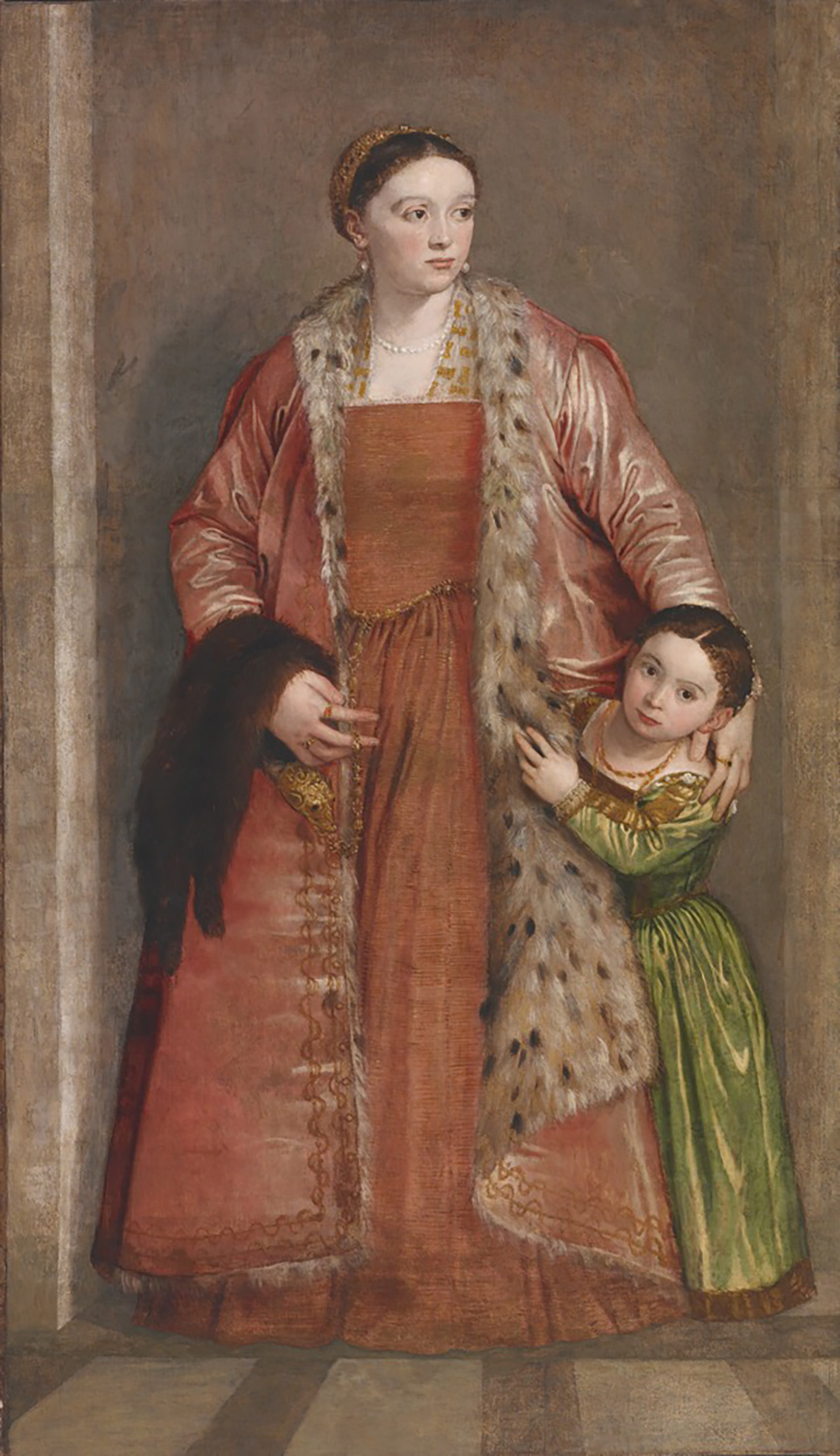
The tragic queen of France, Marie Antoinette, saw her pregnancies inspire a distinctive jewellery trend. Rings with blue enamel bezels sprinkled with tiny diamonds, known as bagues au firmament or “heavenly rings,” celebrated her second pregnancy in 1781. Following the birth of the Dauphin, the future king, Marie Antoinette was honored with the bague à l’enfanatement or “childbirth ring,” featuring a prominent single diamond at its center symbolizing her royal child.
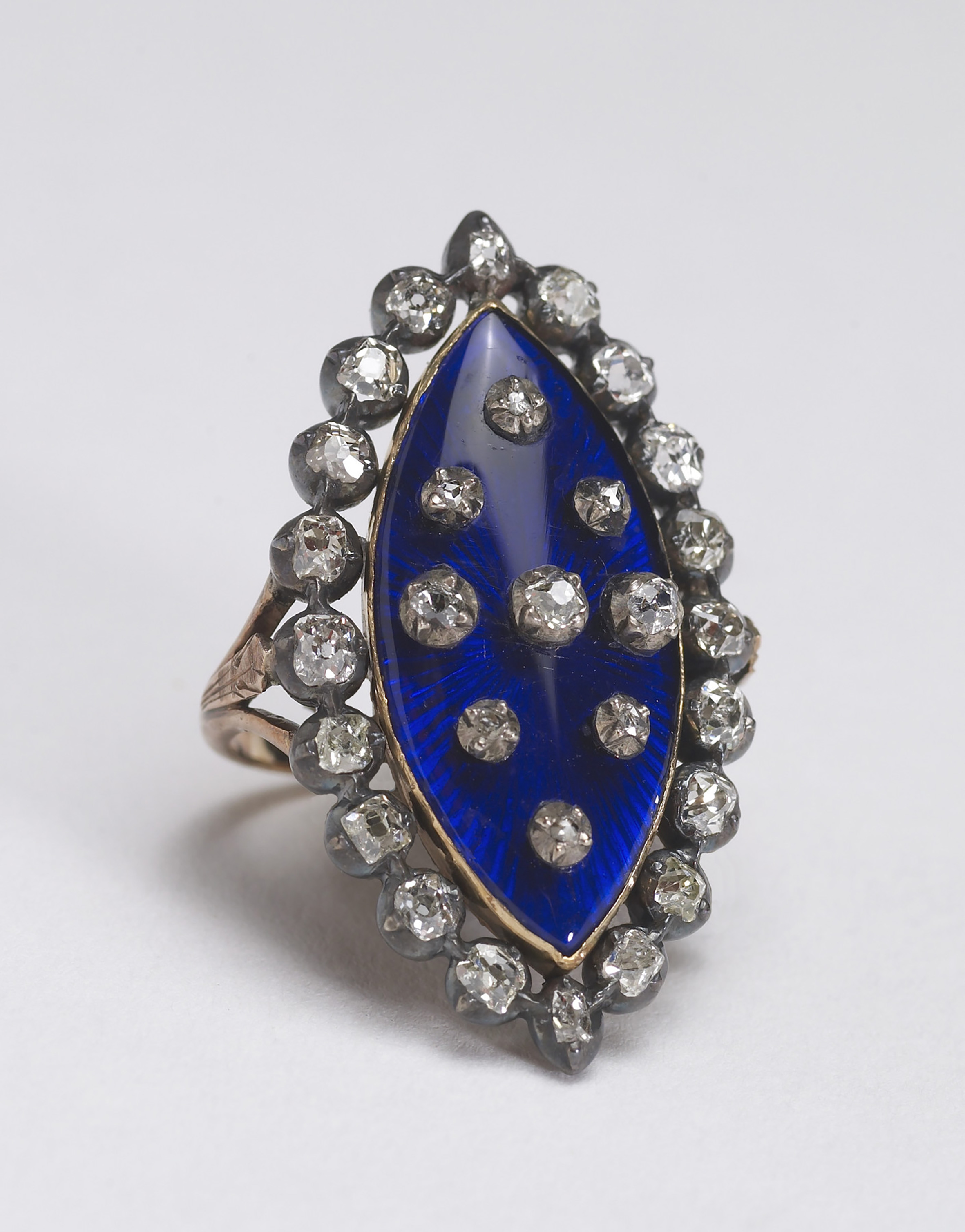
Marie Antoinette’s successor, Empress Joséphine, was also recognized through her jewellery as a mother. Though her marriage to Napoleon did not produce biological children, he adopted children from her previous marriage and even commissioned acrostic bracelets featuring gemstones that spelled their names. Following the birth of Napoleon’s second son, Napoleon II, in 1811, he commissioned an exquisite diamond necklace, requiring contributions from all leading jewellers to collect the 234 necessary stones.
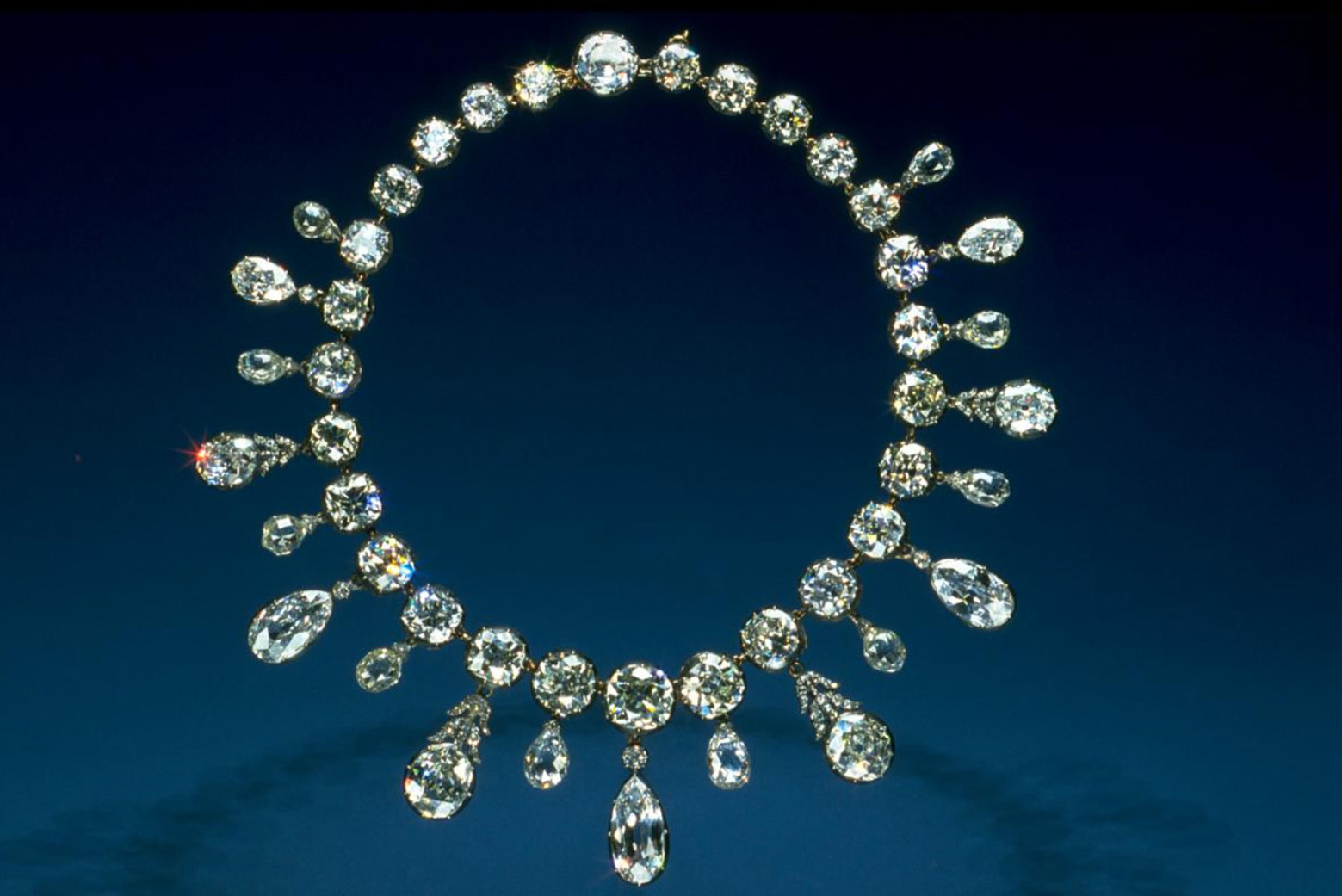
Celebrations in honor of Tsarevich Alexei, heir to the Russian Romanovs, also showcased grandeur. The famous jeweller Fabergé crafted the “cradle egg,” a stunning blue enamel egg embellished with roses and diamond quivers symbolizing everlasting love, which was gifted to grandmother Maria Feodorovna. Empress Alexandra received her own enamel egg that originally contained a diamond necklace and a framed portrait of the Tsarevich, though its delivery faced delays during the Russo-Japanese War.
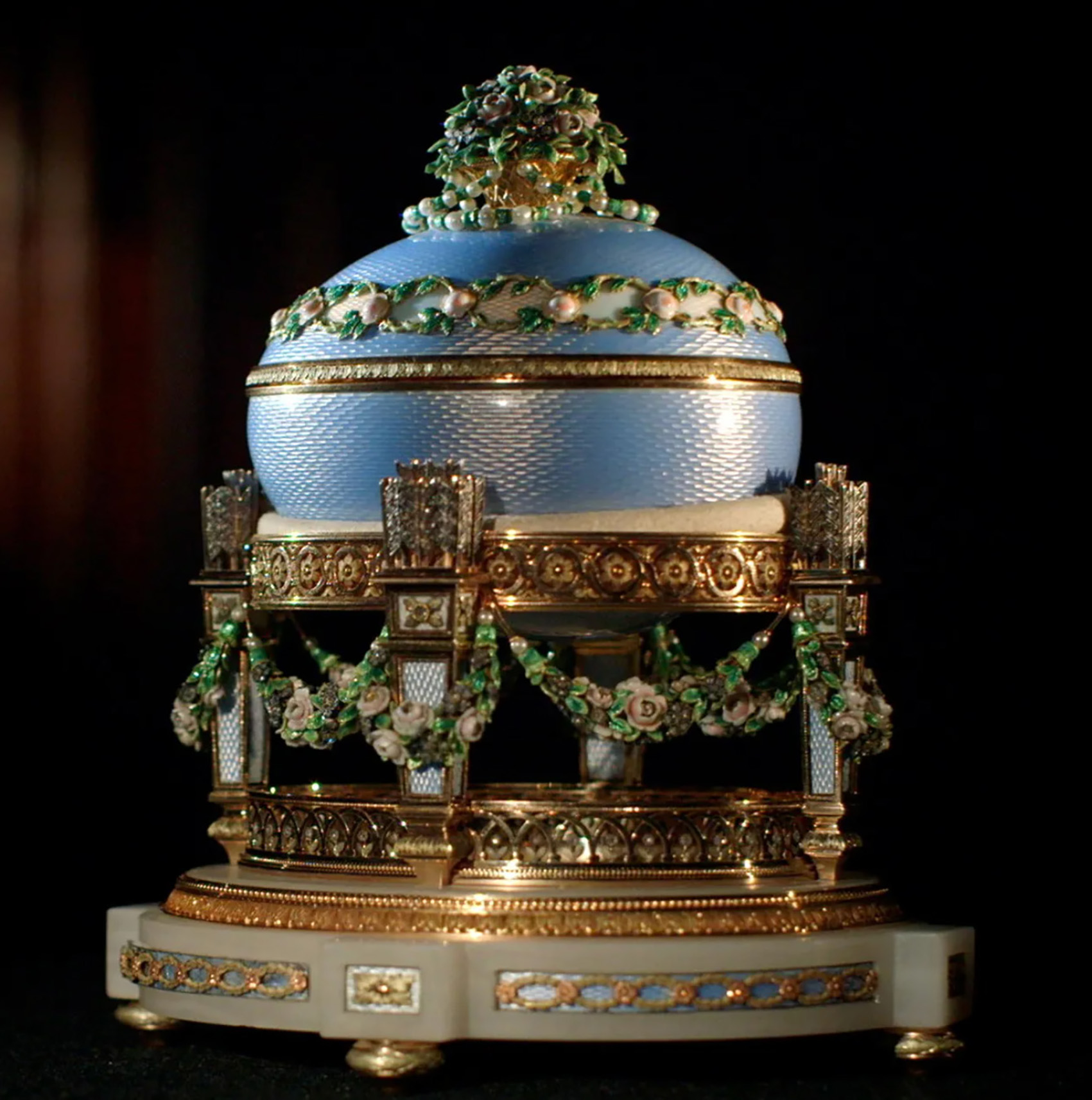
The identity of Queen Victoria was deeply intertwined with her motherhood. She and Prince Albert exchanged jewellery throughout their marriage, often designed personally by Albert. Among these was a gold, porcelain, and enamel orange blossom parure that celebrated her roles as a wife and mother. She wore an orange blossom wreath on their wedding day, and Albert immortalized this memory through gifts of orange blossom jewellery. For their 1846 anniversary, he presented her with a headdress adorned with green enamel oranges representing their children.
The birth of their first child, Princess Victoria, was also marked by a brooch gifted by Albert, based on an earlier design believed to belong to Robert the Bruce. The brooch is inscribed with “From Albert/Nov 21 1842,” commemorating two years since their daughter’s birth. Victoria and Albert frequently commissioned jewels that showcased their children’s portraits and even keepsakes like locks of hair or baby teeth.
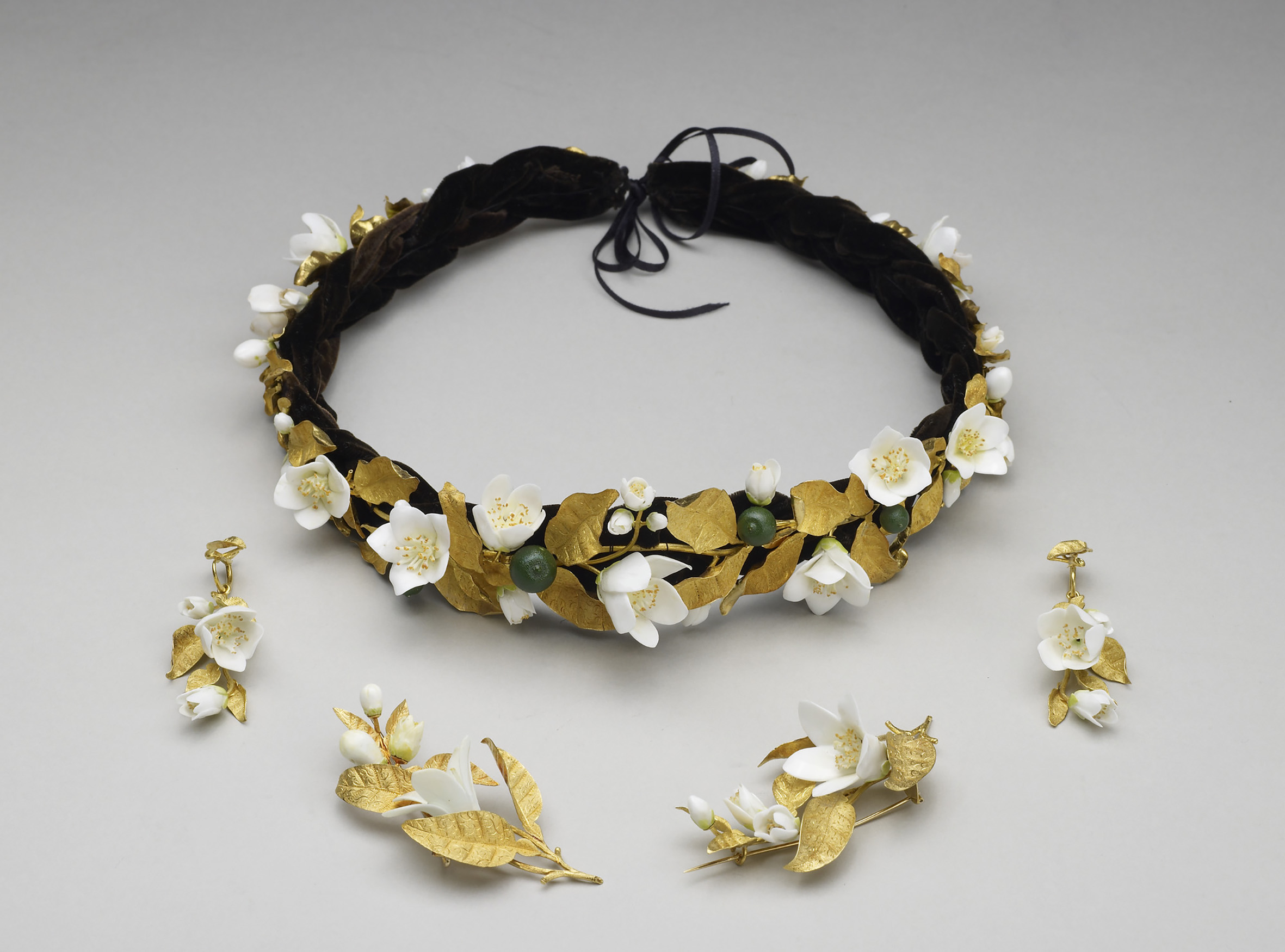
In some cases, husbands could not be counted on to select the ideal gift for childbirth. Edwina Mountbatten, during her second pregnancy, took matters into her own hands and purchased a stunning Cartier bandeau, which could transform into bracelets for everyday wear. This prized piece, reflecting the fashionable Tutti Frutti style, featured intricately carved ruby, sapphire, and emerald foliage and flowers, costing around £900—equivalent to roughly £55,000 today. Though her husband, Lord Louis Mountbatten, was stationed in Malta with the Royal Navy, he ensured that Edwina received royal treatment during her birth at the Ritz Hotel in Barcelona.
Modern parents still commemorate the arrival of their children with significant gifts, paralleling the traditions of royalty. For instance, music artist Beyoncé and her husband Jay-Z exchanged blue tanzanite and diamond rings to celebrate the birth of their daughter, Blue Ivy.
While not every mother can expect Cartier bandeaus or extravagant diamond necklaces, jewellery remains a cherished gift. In 1920, the Streatham News proposed a more approachable option by suggesting that mothers might love a miniature photograph of their first baby captured by themselves as a sentimental locket keepsake.
No matter if it is through jewellery or photography, modest or extravagant, each mother or mother figure deserves to be celebrated.
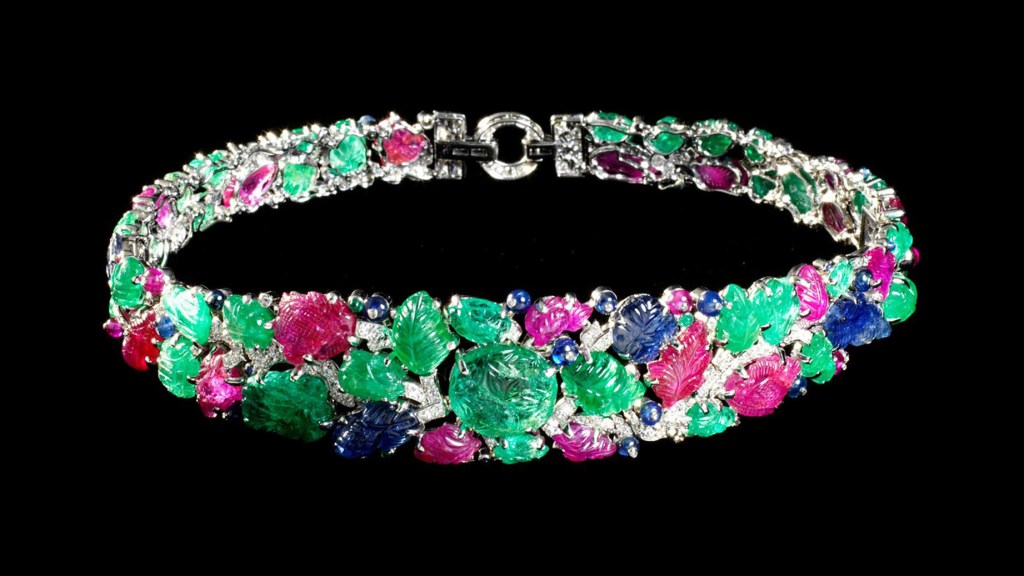
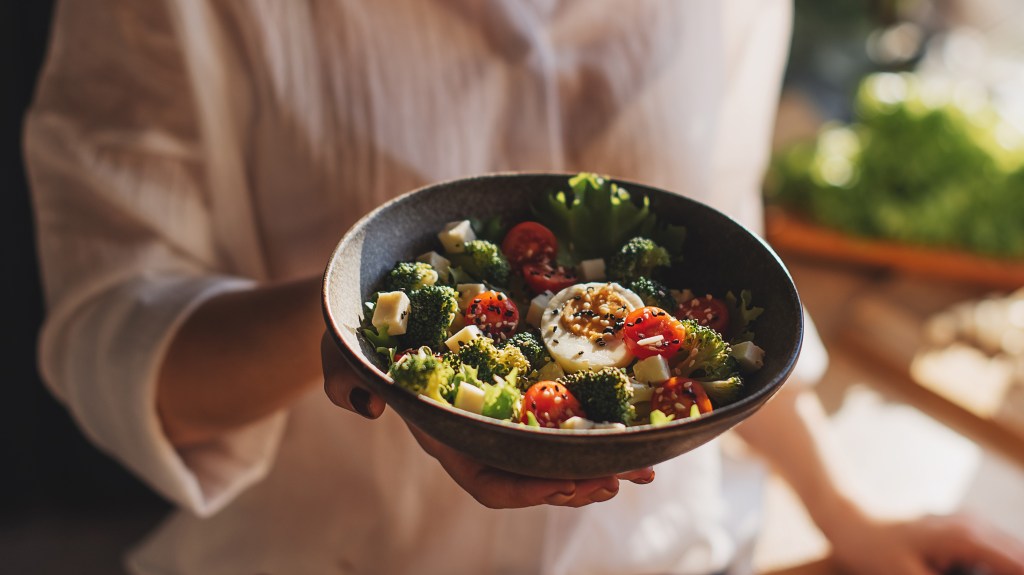
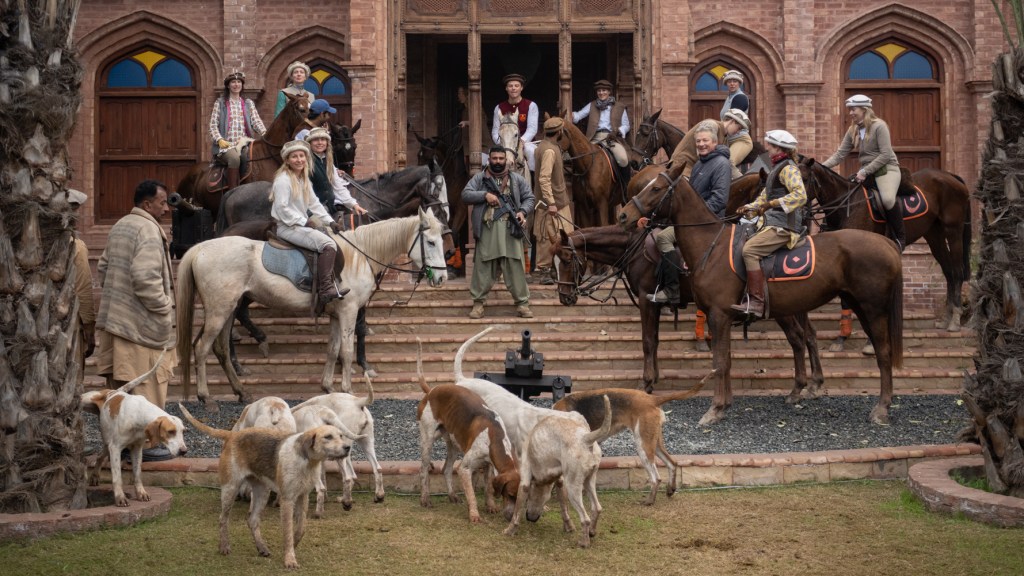
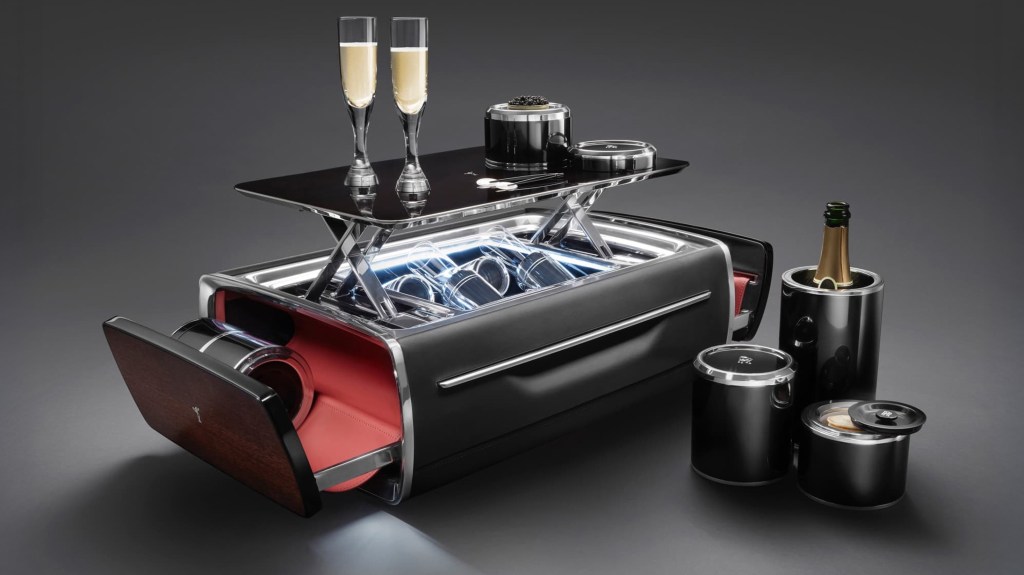
Post Comment